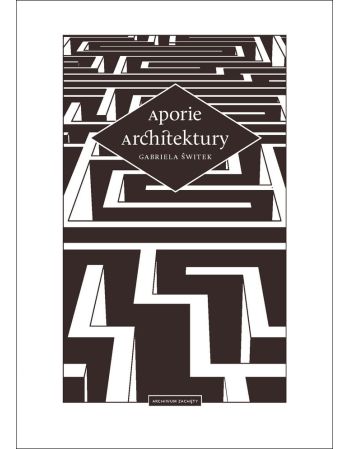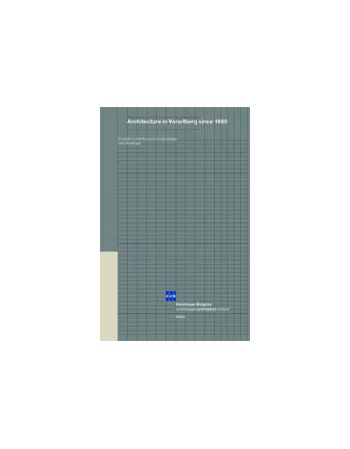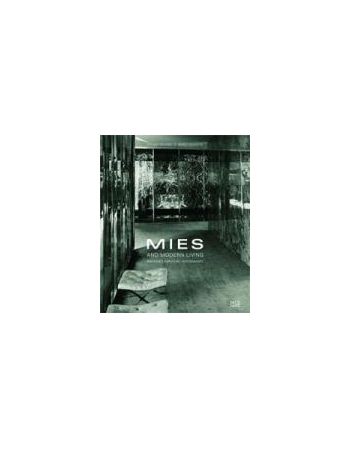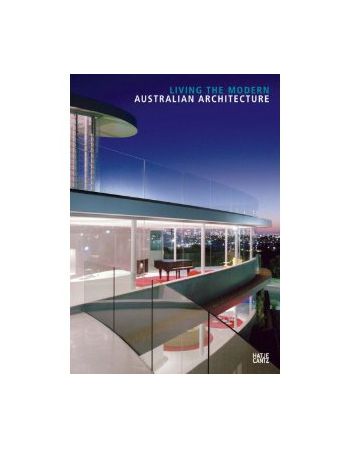Wydarzenia
Brak wydarzeń
Mies and Modern Living...
Dostępność: na zamówienie In 1929 Barcelona was host to the World Arts Fair, an international architecture and design exposition attended by members of the Spanish royalty and many senior European government officials. It was an occasion for cultural grandstanding, an opportunity for countries to parade their native talent. So when the German government approached Ludwig Mies van der Rohe (1886-1969) to design a pavilion, he was left in no doubt as to their expectations--and he met them, erecting an ultra-modern creation in glass, steel and four types of marble.
Australian Architecture...
Dostępność: na zamówienie In Australia, many aspects of architectural Modernism have been transformed, interpreted, used, reformed and converted to that country's very particular geographic qualities, perhaps to a greater degree than in most other countries. Much Australian Modernist architecture is characterized by the pervasive presence of strong light, and by ranging structures that spread out across the terrain, avoiding any hierarchical organization of component parts in ways that would be impractical and inappropriate elsewhere.




